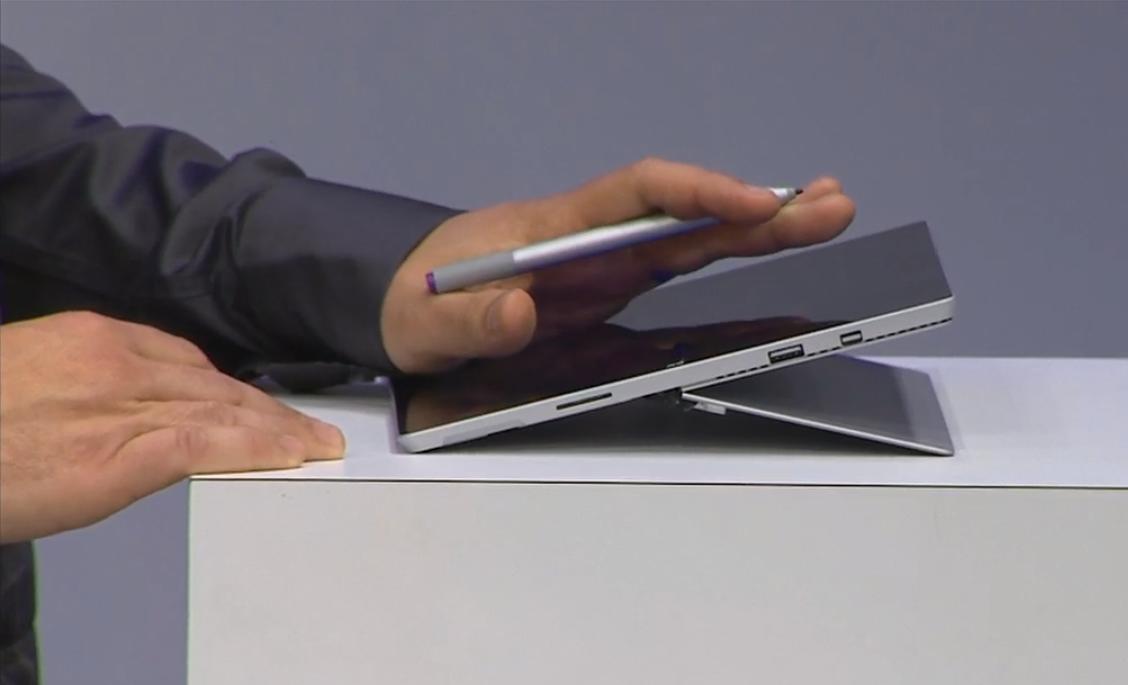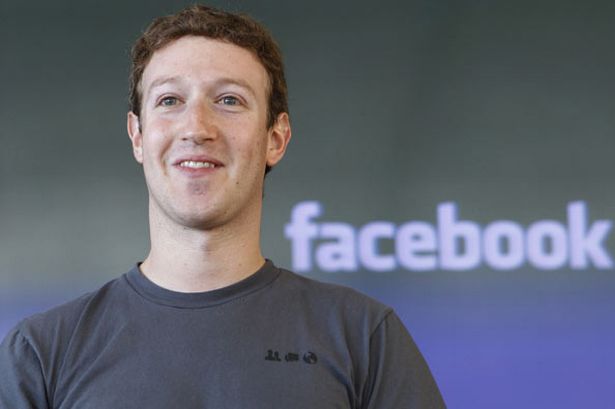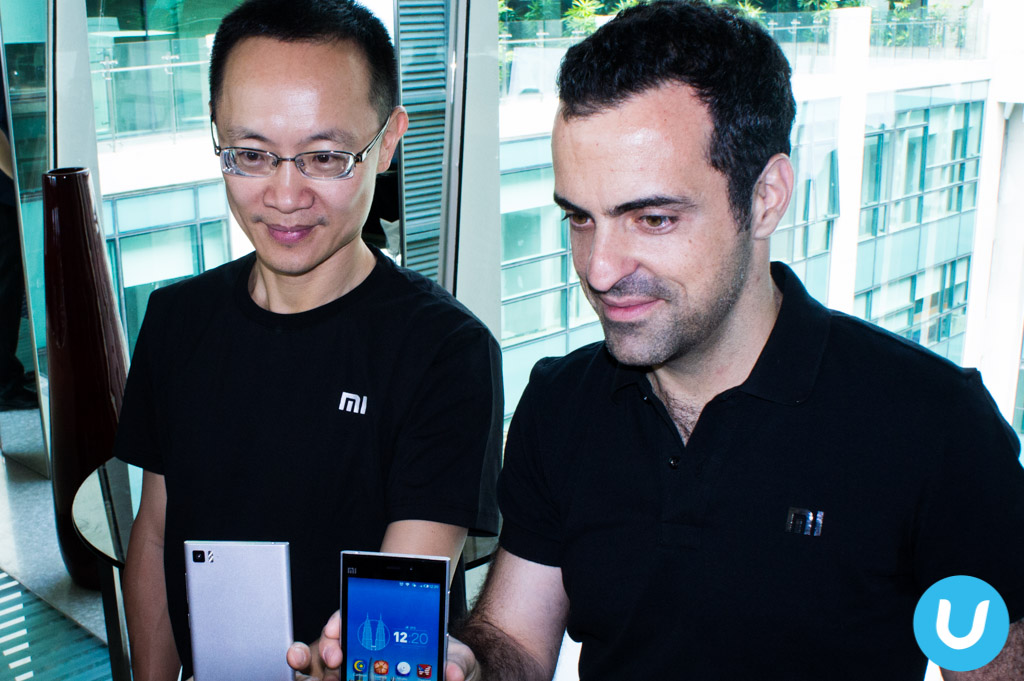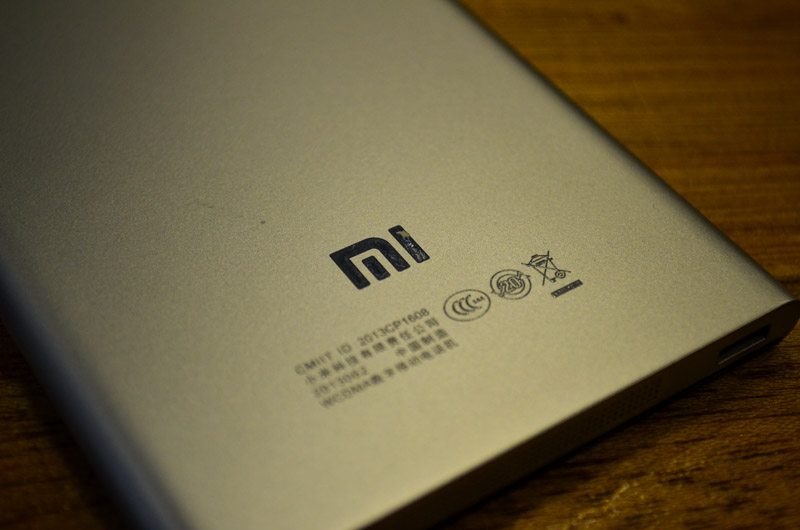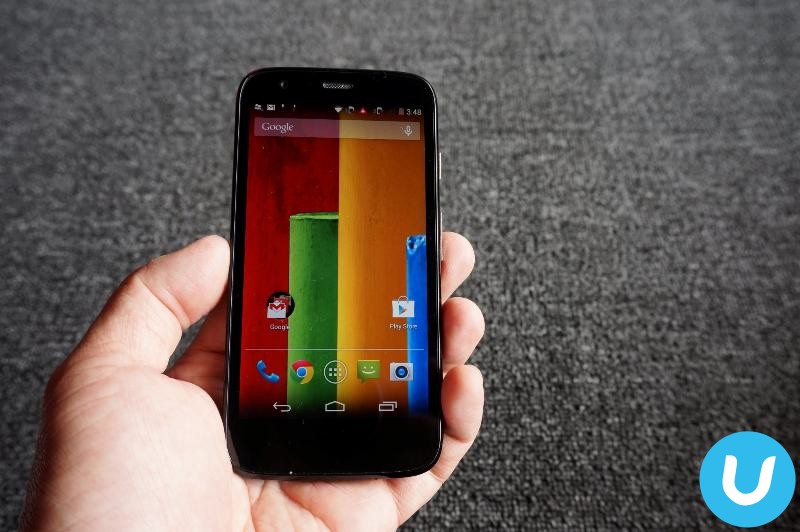Over the last year, there has been a considerable amount of interest in applications that make use of the faster broadband connections that a lot of us now have via the fibre connections, thanks to service providers like Maxis, Time dotCom and Telekom Malaysia.
In fact, one of my buddies has been extremely taken up with a number of these new video streaming apps and has tried to get me on board streaming video content not only at home but while outside – via mobile data connections.
There is a confluence of factors that have made this possible. Besides the fact that we have more bandwidth today than before, other developments such as the popularity of US-based streaming services such as NetFlix and Hulu have heightened the consumer’s awareness to the fact that TV can be consumed over the Net rather than solely from a broadcaster.
On the device side of things, hardware such as Apple TV and more recently, Google’s Chromecast have hit the market. Makers like ASUS have also produced its Cube device for streaming video.
Although these services and devices are primarily used in the West, their popularity is spreading and people here in Asia are trying to figure out how to use these devices locally, which is in itself a topic for discussion for another day.
On the mobile broadband side of things, there is Long Term Evolution (LTE) – which boasts of speeds up to 10 times faster than today’s third generation (3G) connections – on the horizon.
In industry parlance, these apps that traverse the broadband connections – be they over fixed-line fibre or mobile data – are collectively known as over-the-top applications, or OTT, because they ride off whatever broadband connection you have, regardless of the kind of service.
OTT has been around for many years. Examples of early OTT apps are like Skype, which consumers used to communicate for free over the Net. Social media apps such as Facebook, Twitter, Instagram and the like are also OTT apps. Ditto for messaging apps like WhatsApp, Line, Viber, KakaoTalk etc.
But only in the past couple of years has this debate between OTT and mobile network operators (MNOs) escalated to the point that the tech press has begun to cover the issue.
So what is this debate all about?
Basically, MNOs have long argued that it’s unfair for these Internet companies to enjoy the use of their networks without having to pay for the volume of usage as billions of consumers the world over mostly pay a flat rate to access their apps via mobile data.
In fact as recently as this year’s Mobile World Congress (MWC 2014) did giants such as Vodafone Group, Telecom Italia and Orange collectively voice their concerns over this issue.
Closer to home, SingTel’s CEO Chua Sock Koong called on regulators to give carriers like its subsidiary Optus, Australia’s second largest telco, the right to charge rivals WhatsApp and Skype for use of their networks or risk a major decline in network investment.
Just to put things in perspective: The mobile network industry has indeed for many years invested billions of dollars building their networks and rolling them out.
That said, they have also reaped tremendously too from their investments, making millions if not billions in profit on the back of mobile voice, SMS, value added services, international roaming charges and more.
Put simply, these very same operators today, who have made their pile off us consumers, are now asking that the Internet-based giants, such as the Googles, Facebooks and YouTubes of the world be regulated so that MNOs will have the chance to continue making money and have a level playing field against these OTT players.
Being overtaken ain’t fun
There is a Chinese proverb, which loosely translated in English means something like this: “Wherever there is one high mountain, there is another mountain higher.”
In a nutshell, what the proverb conveys is this: The giant MNOs of the world – the Vodafones, Oranges, and SingTels – may have at one time ruled the mobile industry with an iron fist but today, this is no longer true – that honour goes to the Facebooks and Googles of the world.
Call it poetic justice but perhaps what goes around does come around. MNOs, who made so much money off the consumers’ mobile spending over the years, have not innovated fast enough to create the killer applications and services the consumer world wants.
Instead, they rested on their laurels, preferring to just depend on voice, SMS and flat mobile data revenues, to spur their growth. During that lull, Internet-based companies overtook them in terms of innovation and growth by coming up with devices such as the Apple iPhone and Google Android-based smartphones.
Meanwhile, Facebook, Twitter, Microsoft, Google and the rest brought to the world different apps and services that gave what people wanted – be they software, messaging, video and photo or plain ol’ communication and productivity tools.
Just to give you an idea of how much revenue is lost just on SMS alone: Research firm Ovum says SMS growth rates fell from 14% in 2011 to 8% in 2013, and the main driver for this was the emergence of social messaging. It further forecasted that social messaging cannibalisation of SMS revenues will grow from US$32.6 billion in 2013 to over US$86 billion in 2020.
Similarly, research company Analysys Mason forecasts the number of users on smartphones to increase from about 1 billion in 2013 to almost 3 billion in 2018. Messaging volumes associated with OTT services are expected to almost double in 2014 and will reach 37.8 trillion messages sent in 2018.
Irony explored
As explained earlier, the main contention of MNOs is that the OTT players do not have to pay for what they use over the mobile network infrastructure they paid for, built and currently operate.
SingTel’s Chua said, “The main problem we have as an industry is that we have been unable to monetise this increased demand … and [average revenue per user] has fallen over time,” Sydney Morning Herald quoted her as saying.
“I think the pace of change in our industry is relentless so clearly we can’t afford to stand still. If we are not careful we could stand the risk of being totally dis-intermediated.”
But here’s the thing – I find the call of MNOs to levy OTT operators for using their networks ironic given that these very OTT operators are the ones who innovated and provided the apps and services that the MNOs are processing over their networks and are still charging, albeit in a flat rate manner, consumers for using their services.
Simply put, without these OTT operators’ contribution, the MNOs networks would not have had their killer applications and their networks, in all likelihood, would not be as vibrant as what they are today.
So is it fair for MNO to turn the tables on OTT players? Or do they need each other more than they think they do? What can both parties do? How will the two parties overcome this impasse?
For that, stay tuned to next week, as we consider what strategies could possibly bring a win-win situation to the table.



